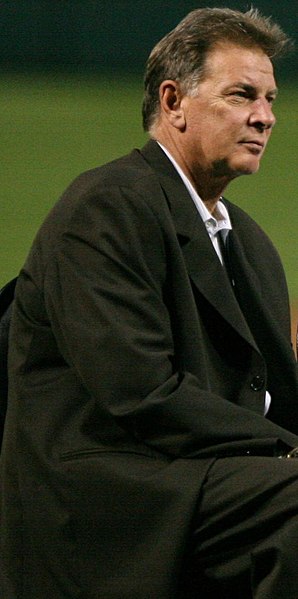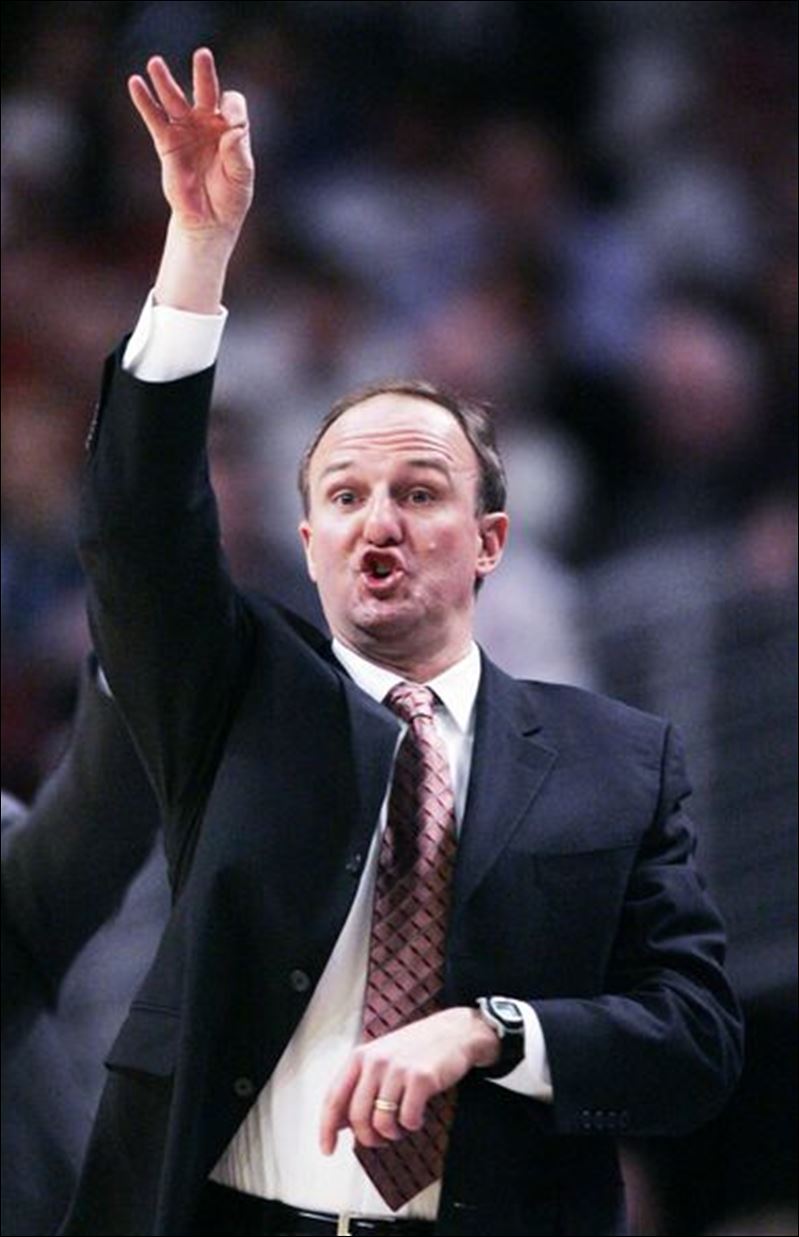 |
| Judging by the pun made in The Sun's opening Day headline, it would've been hard for many fans to foresee the Birds having this much success up to this point in 2012. |
Friday marks an important day for the Orioles, maybe more for the fans than the players, but significant nonetheless. The O's, picked to finish last in the American League East, baseball's toughest division, are in a dogfight for their playoff lives that many would have thought inconceivable on Opening Day. Here's the short version of where they stand:
8/24/2012
67-57 (.540)
3rd place, AL East (5 games behind NYY)
T-2nd in Wild Card race (2.5 games behind TB)
Run differential: -54
Last 10 games: 6-4
Among the mortar shells that have been leveled against the Birds' postseason chances:
- They have lost four of their five original starting pitchers to injuries or minor league demotions at various times during the season.
- Not a single everyday player is hitting over .300.
- Their run differential is historically bad, 70 runs lower than any of the other four teams (Tampa Bay, Oakland, Detroit, Los Angeles) near them in the AL wild card race; theirs is the also only one in negative numbers.
- Their best third baseman has 13 games of Major League experience.
- The team leader in RBI ranks 25th in the AL, behind hitters from 11 of the other 13 teams, including lame-duck squads like Kansas City, Toronto, Minnesota & Seattle
- Their record at Camden Yards is only 3 games over .500, the worst for any team within 5 games of the division lead in the majors.
- Their primary left-handed DH ranks in the top 5 in the AL in strikeouts, his K/BB ratio is over 5-to-1, and he just reached the 20 HR/60 RBI plateau in the last 10 days; conversely, Adam Dunn (another professional hitter) leads the AL in strikeouts but has 36 HR/80 RBI and a 2-to-1 K/BB ratio.
- They have one starting pitcher who has thrown as many innings as the O's have played games; no other AL team in playoff contention has fewer than three.
- They have the worst team fielding percentage in the American League (and the most errors).
- Their sterling bullpen (ERA: 3.04) has hit twice as many batters as the bullpens of the Yankees, Tigers, Rangers and Angels; if you believe there is an innings pitched discrepancy, you'd be right, but know that the O's ratio is about 17 innings pitched for every beaned hitter, whereas the other bullpens all go (on average) more than 30 innings between hit batsmen.
Judging by that sample of stats, the glass appears deservedly half-empty for Baltimore's longevity in the top half of the standings. That being said, this is not a team that gives up easily: a 23-6 record (.793) in one run games and a streak of 12 extra-inning wins in a row are hard-earned marks, not some random glitch in the algorithms of luck. Add those razor-thin margins to 22 losses by 5 or more runs, and you've got the two primary ingredients for their atrocious run differential.
It seems like the O's tend to 'punt' fairly often when they smell a maleficent situation — intent is mighty hard to determine, but the number of occasions on which Buck Showalter & Co. have ended up the victims of a lopsided loss would seem to suggest that the Orioles manager may just have a feel for knowing when to hold 'em and when to fold 'em. That being said, centerfielder Adam Jones and shortstop JJ Hardy have played in nearly every single inning this season, and if Showalter really intended to wave a white flag in certain games, it would've made sense for those two guys to rest a bit more often than they have, even if only for half a game. But that's neither here nor there. This is about the team, not one or two individual players. And, despite the best attempts of other teams to unseat them, Baltimore has hung tough to this point.
Cal Ripken Jr. turns 52 today, 11 years removed from a Hall of Fame career for his hometown team, one that included three postseason appearances in a 14-year span. It's been 14 years since the Birds last had a winning season, back when The Iron Man still had a post on the left side of the infield, and in recent years there's been some talk of him coming back to help rescue his old club. It's a happy occasion for Cal, no doubt, that Charm City is awash in orange and black every night these days (for a change) in the hope that kids born in the 1990s and early 2000s will actually get a reprieve from the unseemly baseball years that have plagued their childhoods.
 |
| If anyone deserves to see the O's make the playoffs, it's Mike Flanagan, wherever he is. |
In the same way, however, it is a bittersweet occasion for the family of Mike Flanagan, a man who would've been living through his 60th summer had he not taken his own life last year on this day. He had a Cy Young award, a World Series ring, and a knack for comic timing and nuance beyond compare. He'd been involved in baseball all his life and in various on-field, front office and broadcasting positions with the Orioles organizations in the years following his career. And yet, in a world that turns on what you've done for it lately, the speculation that Flanagan's despondency was related to his role (or perceived role) in the team's slump during the 2000s is hard to dismiss. Here was a man who gave everything he had to a game and a team he truly loved, and what was his reward?
Any one of us with a lifetime of experience in a certain field would feel utterly befuddled in moments where our know-how was unable to make a difference (or , especially, where that perception was inaccurately employed); to players and fans, it is hard to imagine the chronic pain felt in that situation and the things it might make us do. Certainly, if there were ever a man and his family deserving of immediate retribution—as immediate as the game would allow— Mike Flanagan would be that man, and the time would be this year.
The O's are coming off one of their worst series this season, and under the circumstances, it might as well be rock bottom in terms of remaining relevant. In the last few days, Baltimore has been outscored 20-9 in painful fashion by the Texas Rangers, taking only one game of three while watching Los Angeles sweep the Red Sox, Chicago sweep the Yankees, Detroit sweep Toronto and the Rays take three games of their own. The Blue Jays will have slugger Jose Bautista back in the lineup tonight when they arrive in Baltimore, and the O's are set to face playoff contenders (Oakland, Chicago, New York, Tampa Bay) in the 17 of the next 23 games that won't be against the Jays. This is a crucial stretch that will almost assuredly make or break the Birds' season, one that may end with a sub-.500 record, just as unremarkable as the fourteen October-less years before it.
Thus far, the O's have spoken softly of their chances, maintaining that they still intend to catch the Yankees for the AL East lead. Now is the time for Showalter, Adam Jones, Matt Wieters, Nick Markakis, Jim Johnson and their brethren to show whether or not Birdland's Best have the big sticks to back those aspirations.
Mike Flanagan, wherever he is, would sure love to call these games down the stretch—preferably, they'd be wins.
--
(stats courtesy of ESPN.com)






